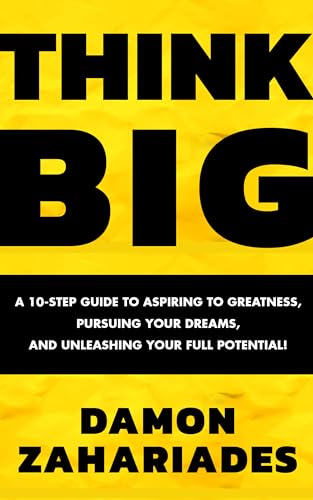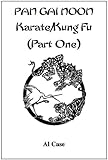This book is being offered in two parts. This is because Kindle has a rough time with too many images and can't format it properly. The original book sold for $9.95. The two parts now being offered sell for $4.99 each.
Karate was created on the island of Okinawa. One of the more significant questions concerning Karate is...where did it come from?
In truth, it came from the hundreds of different countries whose ships took port in Okinawa. One specific art, however, Pan Gai Noon (half hard, half soft), is considered one of the more significant forerunners to Karate.
Pan Gai Noon may have descended from Bak Mei (white eyebrow), which system had roots in the Shaolin Temple.
In this volume, Pan Gai Noon Karate/Kung Fu, the author presents the first form in the system: Sanchin.
Sanchin is considered pivotal, because, as the saying goes: 'If you don't know Sanchin...then you don't know Karate. In the authors experience (nearly fifty years), this is a true maxim.
This is apoweer Kata, and students will experience tremendous and enduring muscle growth and density.


